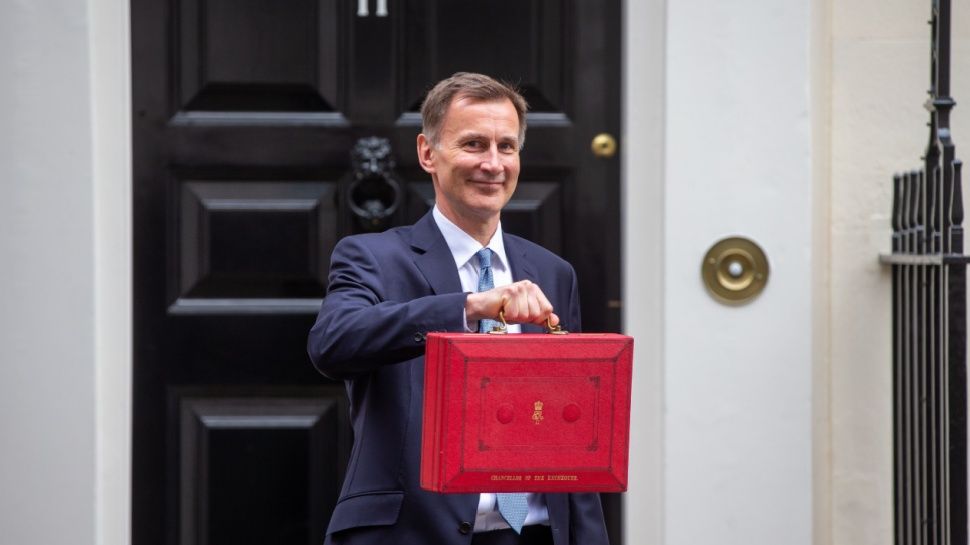A new report from the International Energy Agency (IEA) projects that global data center electricity demand could double by 2026.
The increase in energy demand would effectively be the equivalent of another Germany or Sweden, the IEA says, highlighting the immense scale of the problem which continues to grow as consumers and businesses turn to more digital solutions.
The rise is attributed to cryptocurrency mining and artificial intelligence, two sectors that are not only expected to grow in the coming years, but have already earned a reputation for being exceptionally power-hungry.
Data center power demand
According to IEA estimates, demand in 2026 could reach 1,050 TWh, adding up to 590 TWh of demand to global networks, or the equivalent of some major European countries.
The Agency says that one third (33%) of the world's data centers are located in the United States. Another 16% are in Europe and 10% in China. Looking ahead, the IEA estimates that China's demand could surpass that of the United States, reaching 300 TWh in 2026 and 400 TWh in 2030.
Demand is also expected to grow from Europe, with many of its largest centers located in key cities such as Amsterdam, Dublin, Frankfurt, London and Paris.
Almost a fifth (17%) of Ireland's energy demand in 2022 was attributed to its data centres, and that figure could soon rise to a third (32%) by the time 2026 rolls around.
Much work has been done to make data centers more sustainable, including more efficient hardware and components; However, the growing demand for cloud services from consumers and businesses will continue to increase data center energy consumption.
Despite the clear challenges, the IEA remains positive about the role of renewables in meeting growing demand, predicting that green energy could account for around a third of global demand next year. Low-carbon sources, including renewables and nuclear, could account for almost half (46%) of global supply by the end of 2026.
IEA Executive Director Fatih Birol said: “…it is encouraging that the rapid growth of renewables and a steady expansion of nuclear power are together on track to match the entire increase in global electricity demand during the next three years.”
Through registration








